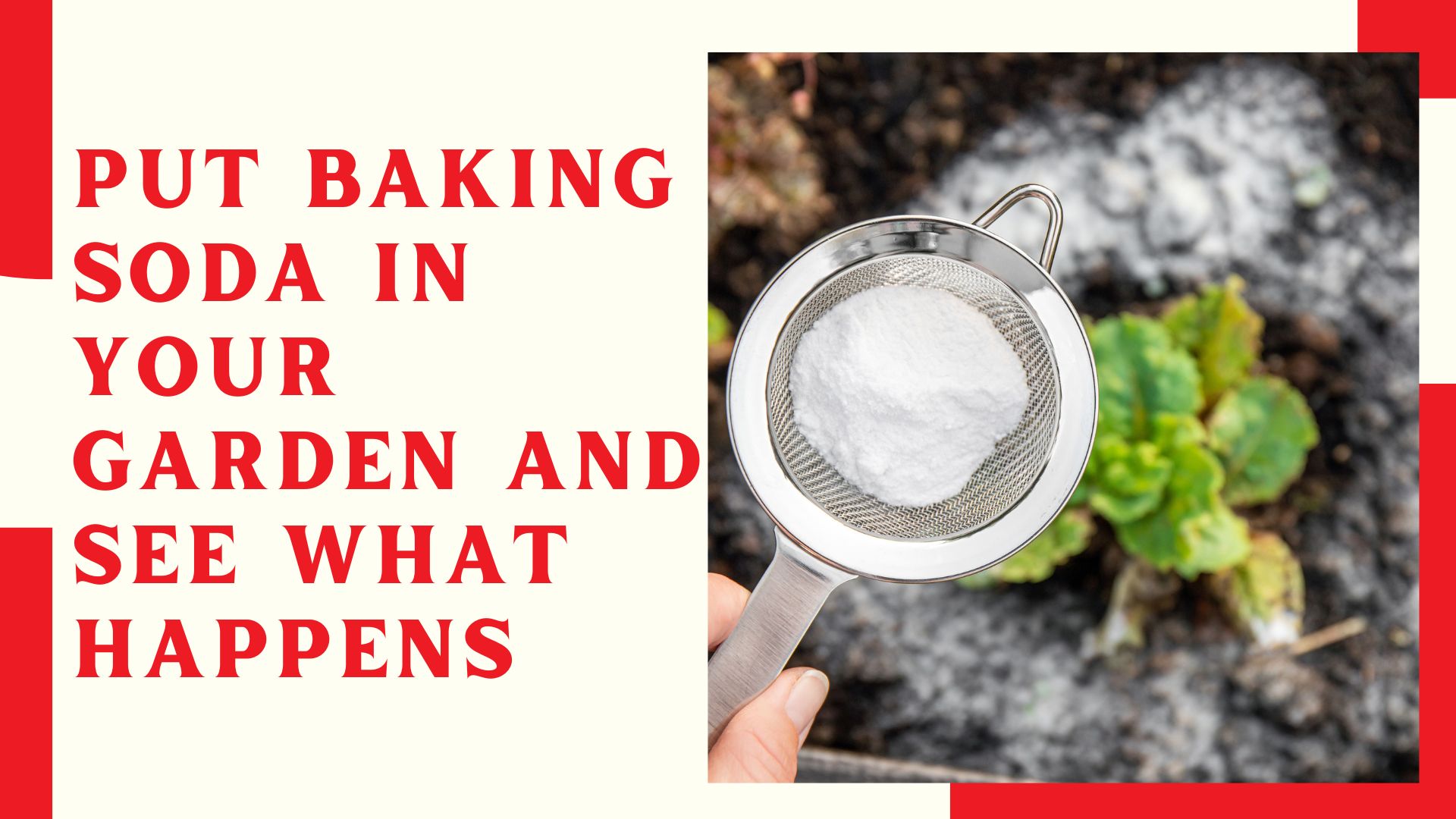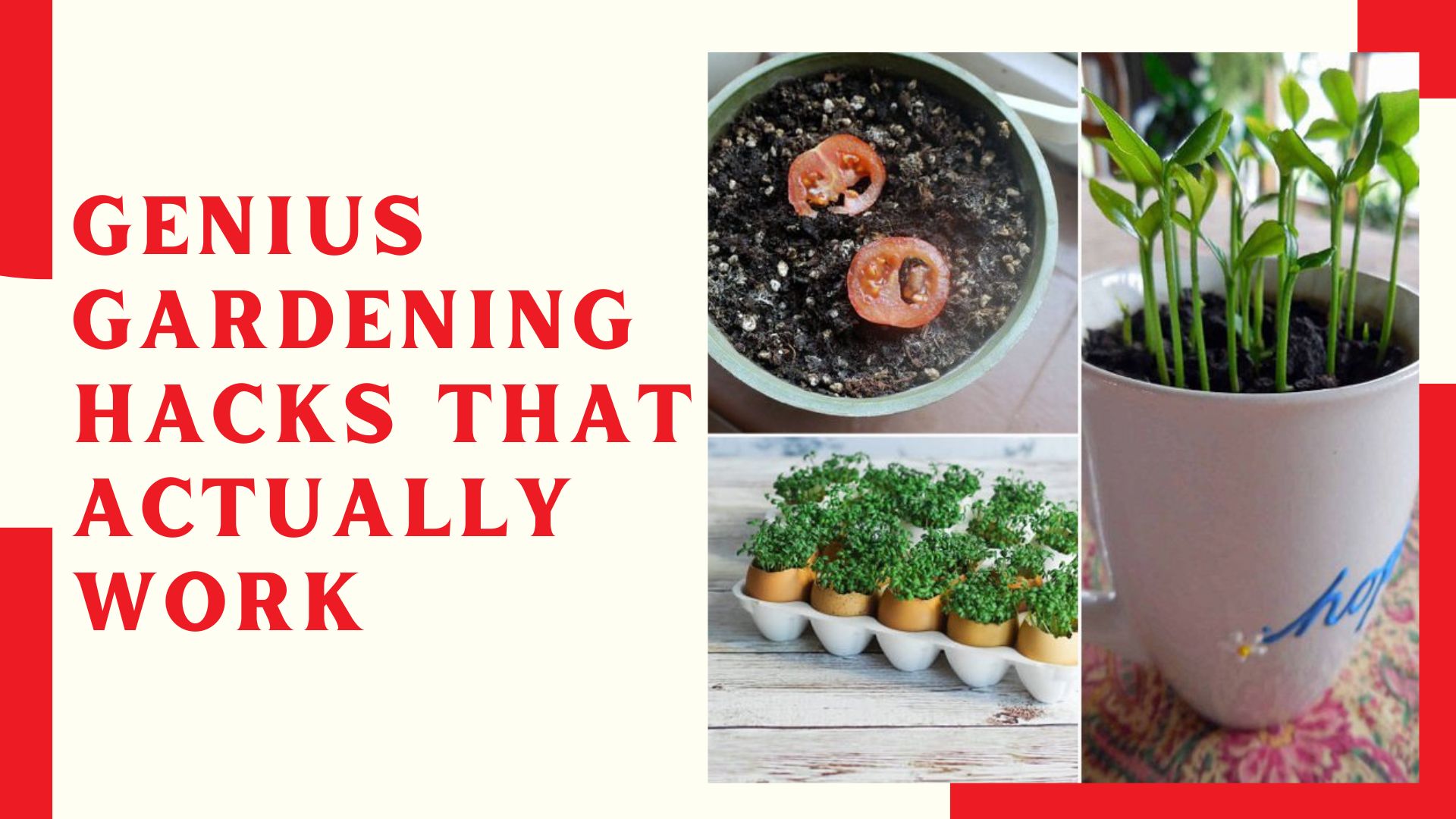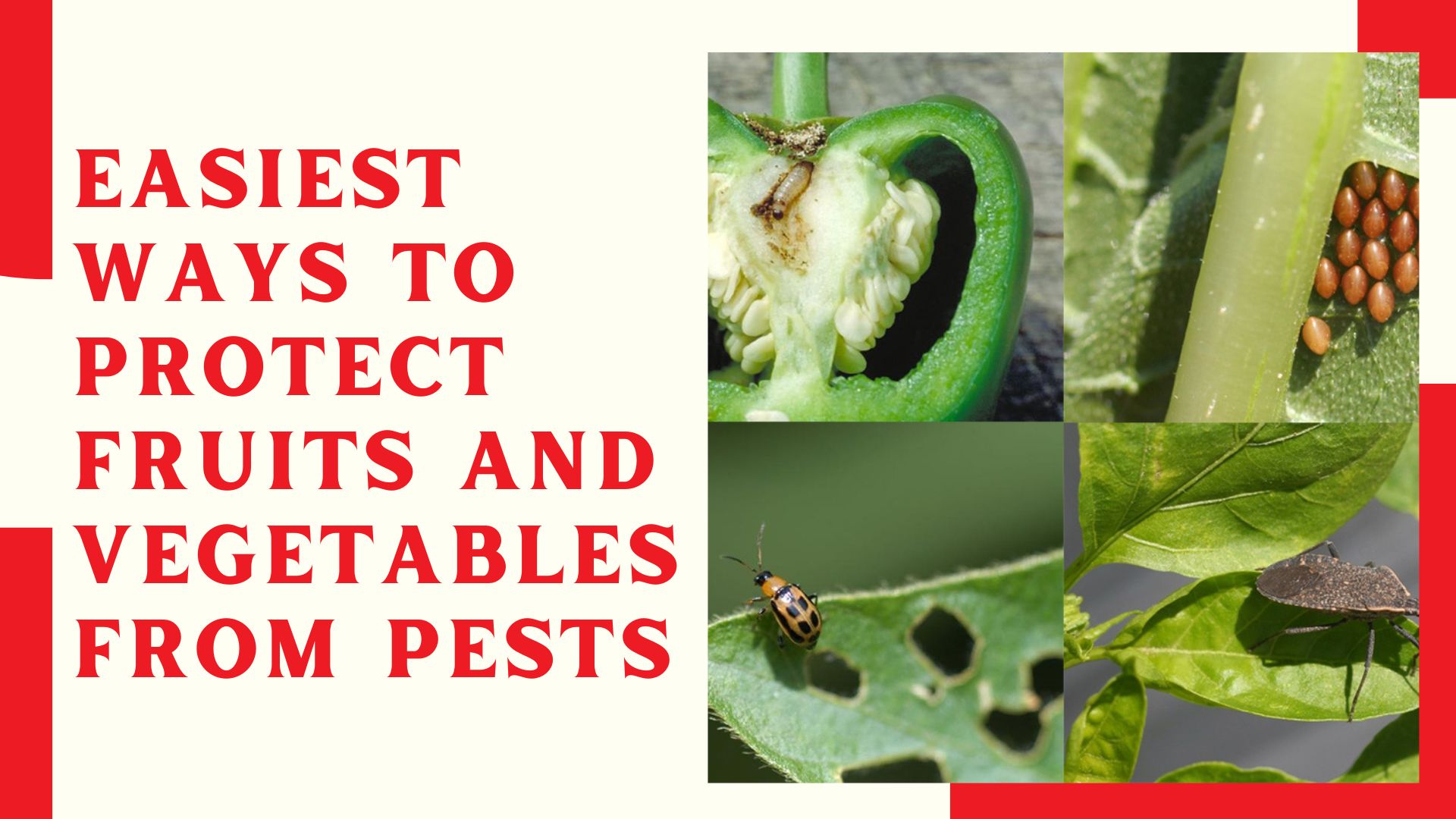Peas are a delightful addition to any home garden, and even if you have limited space, you can still enjoy an amazing harvest by growing them in pots. With their sweet flavor and versatility in cooking, peas are favorite among many gardeners. Here's a detailed guide on how to grow peas in pots:
Selecting the Right Pot:
Choose a container 12-18 inches deep and wide enough to accommodate multiple pea plants. Make sure to make drainage holes at the bottom of the pot, it will prevent from waterlogging, which can lead to root rot.
Choosing Pea Varieties:
There are various types of peas, including shelling peas, snap peas, and snow peas. Consider the space available and your preferences for fresh eating or preserving. Dwarf or bush varieties are well-suited for container gardening due to their compact growth habit.
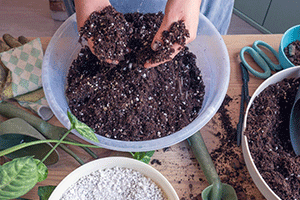
Preparing the Potting Mix:
Using a top-notch potting mix that's both well-draining and chock-full of organic matter. Steer clear of garden soil, which can compact in containers and stunt root growth. Happy planting!You can enhance the potting mix with compost or aged manure to provide additional nutrients for the pea plants.
Planting Pea Seeds:
Sow pea seeds directly into the potting mix at 1-2 inches depth, spacing them 2-3 inches apart. If planting multiple rows, space the rows at least 6-8 inches apart to allow for adequate airflow and growth. Water the seeds gently after planting to ensure the soil is evenly moist.
Providing Support:
Pea plants require support as they grow, especially taller varieties. Install a trellis, stakes, or pea netting in the pot to suppor the vines and prevent them from sprawling.
Watering and Care:
To ensure a prosperous garden, keep the soil moist but not waterlogged. By watering the plants at the base, you can avoid wetting the foliage and prevent pesky fungal diseases. Mulching around your plants is a great way to retain soil moisture and keep those pesky weeds at bay!
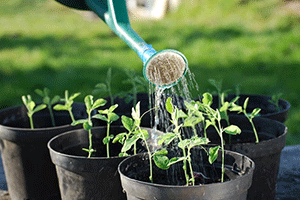
Fertilizing:
Peas are moderate feeders and generally do not require heavy fertilization. However, you can provide a balanced fertilizer or compost tea every 4-6 weeks to provide additional nutrients for healthy growth and development.
Pest and Disease Management:
Monitor the pea plants regularly for signs of pests such as aphids, pea moths, or powdery mildew. Handpick pests when possible, and treat infestations with insecticidal soap or neem oil as needed.
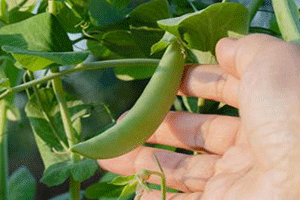
Harvesting:
Most pea varieties mature in 60-70 days after planting. Grow the peas when the pods are plump and fully developed but before they become tough and starchy. Use sharp scissors to cut the pods from the vines, taking care not to damage the plants.
Conclusion:
Growing peas in pots is a rewarding experience from which you can enjoy fresh, homegrown produce even in limited space. With proper care and attention to watering, support, and pest management, you can harvest a plentiful supply of sweet and tender peas throughout the growing season.

